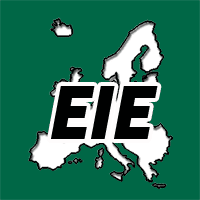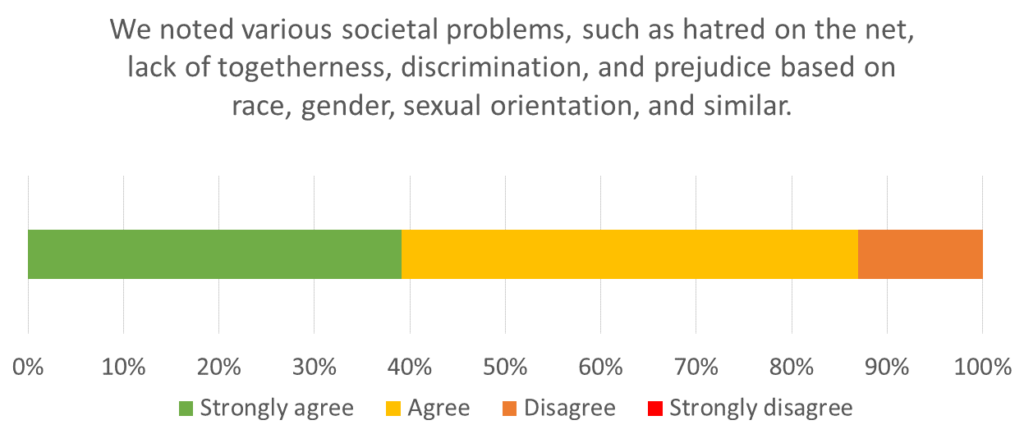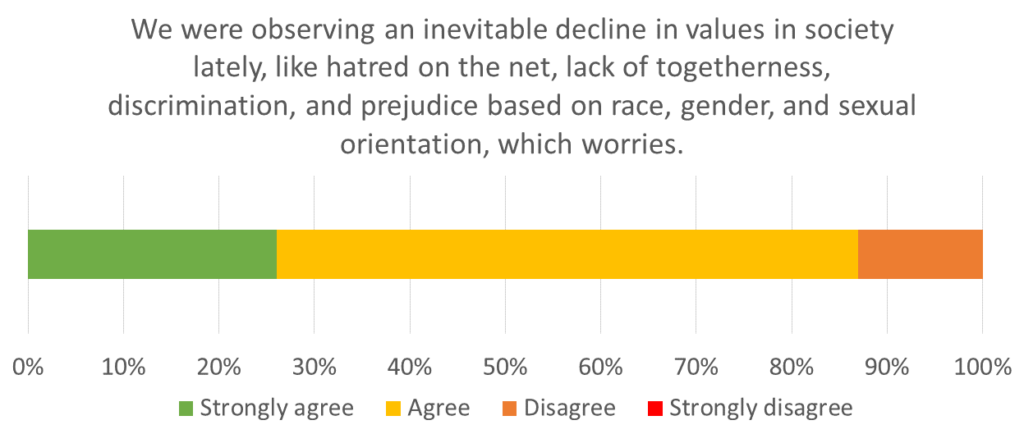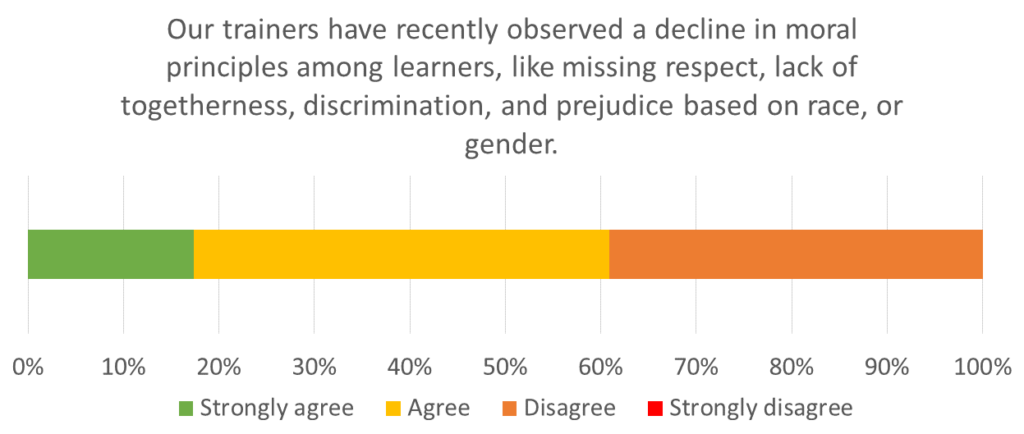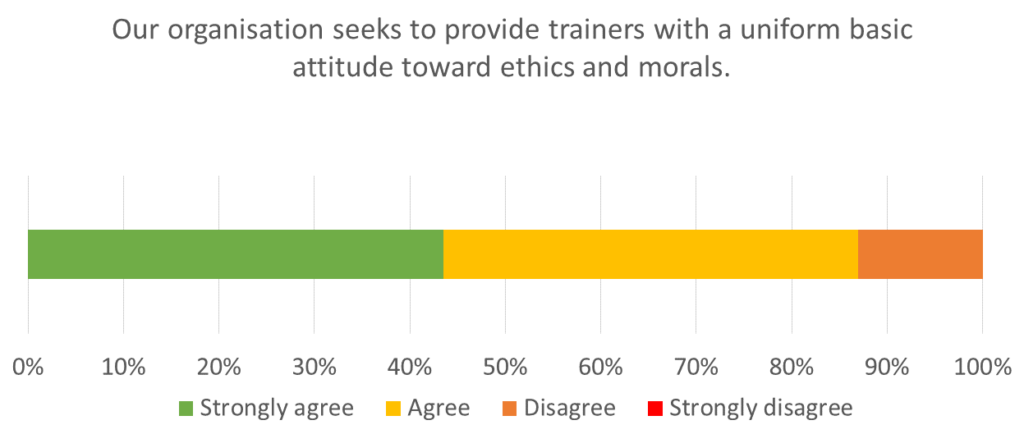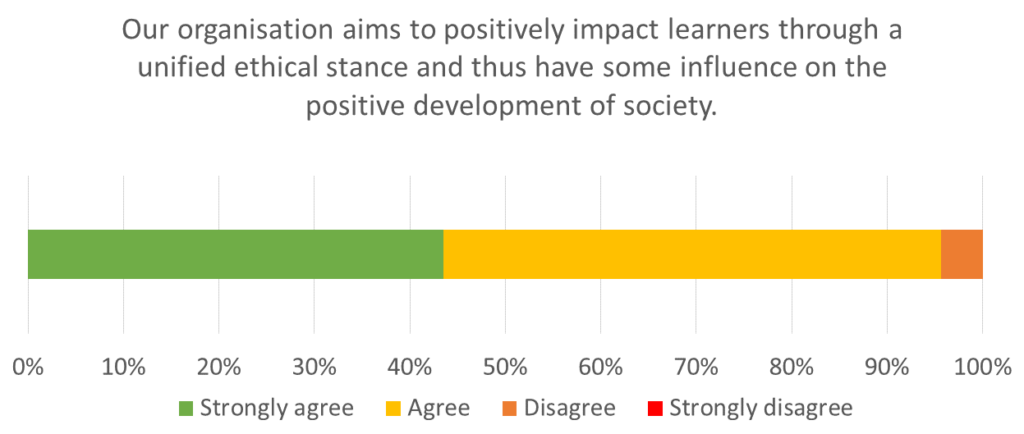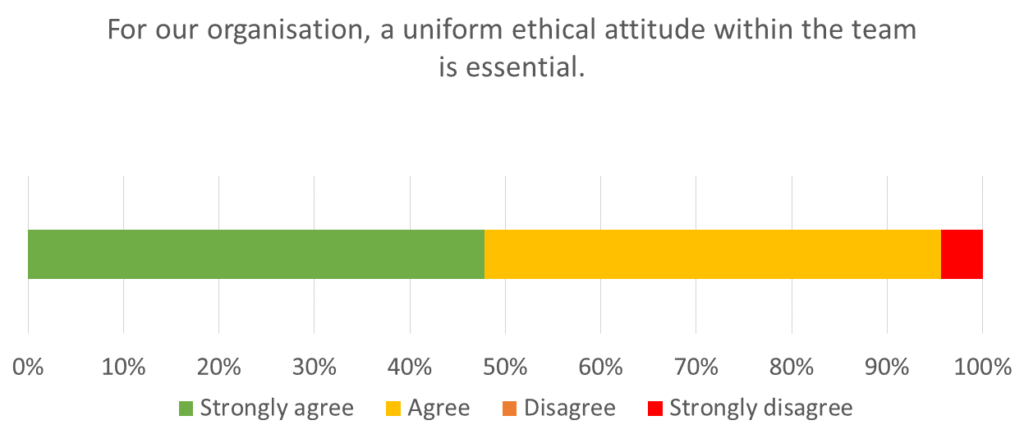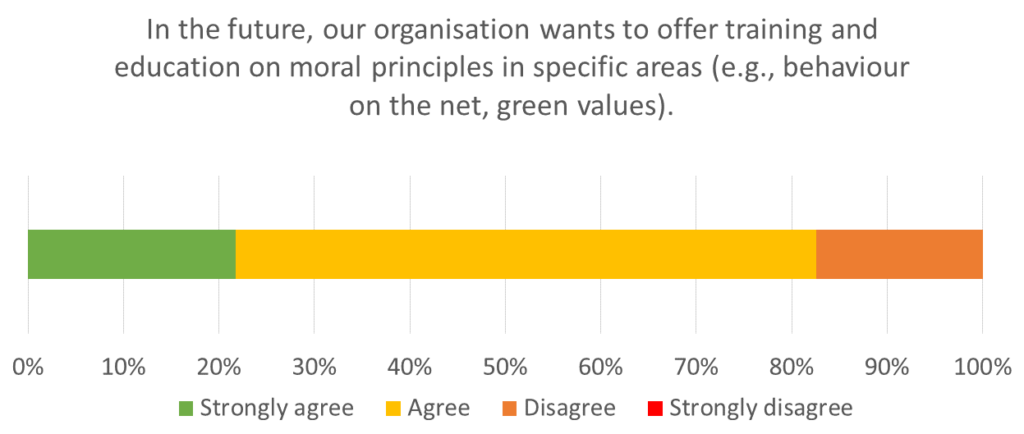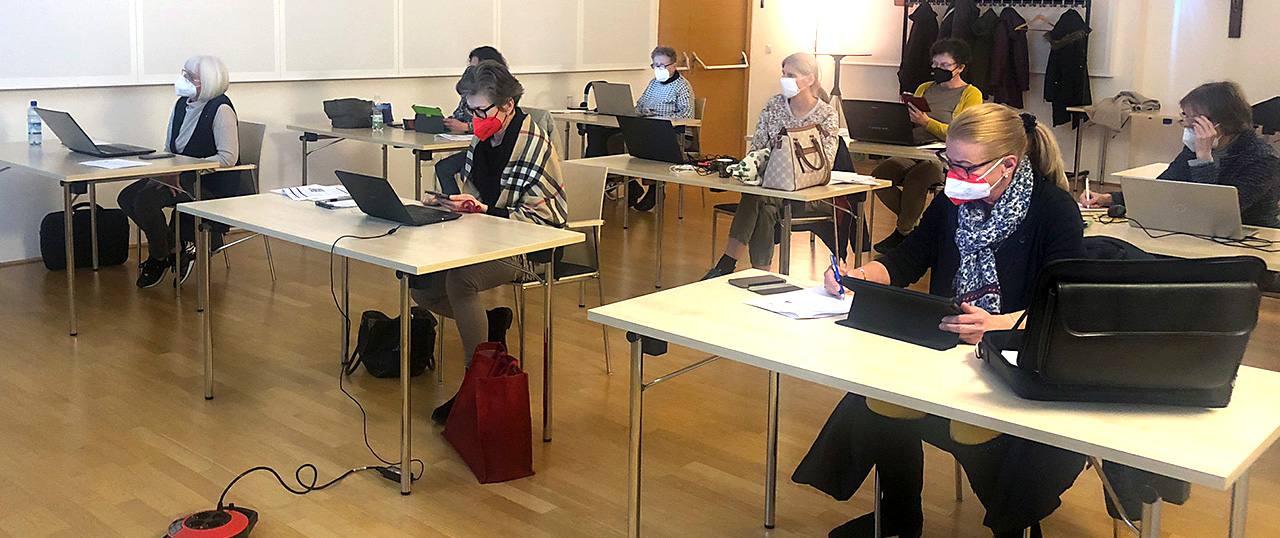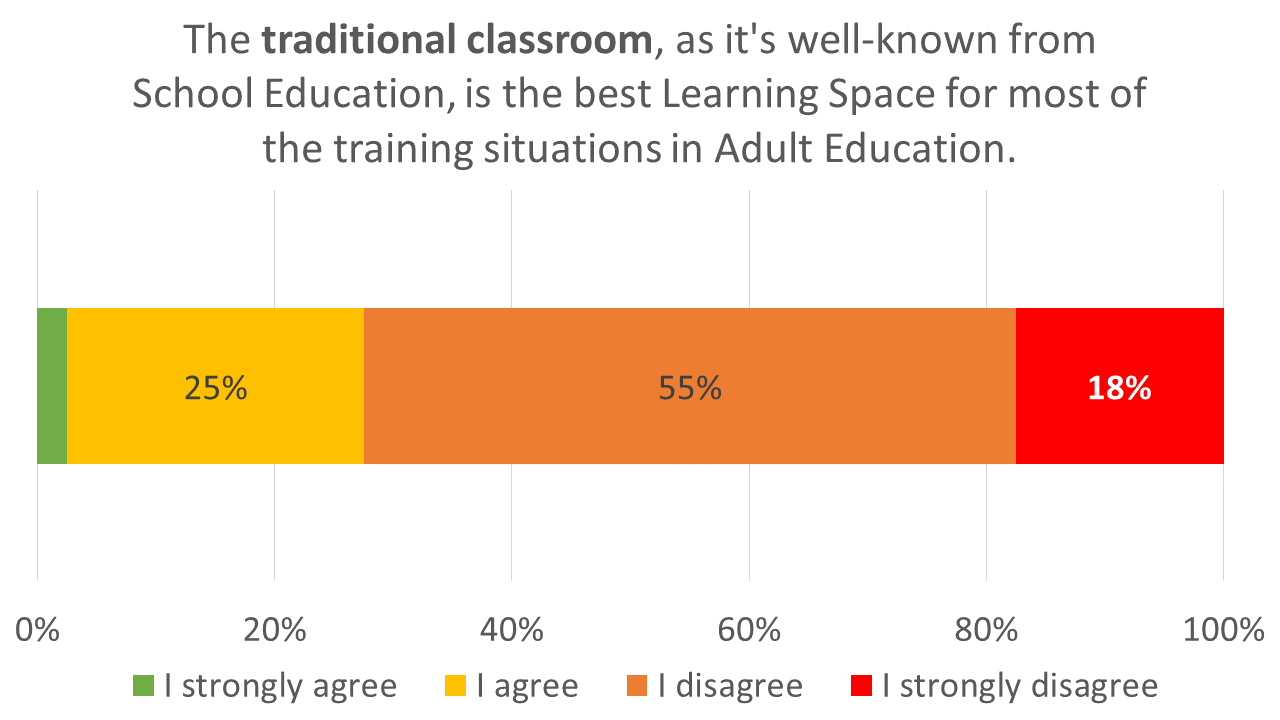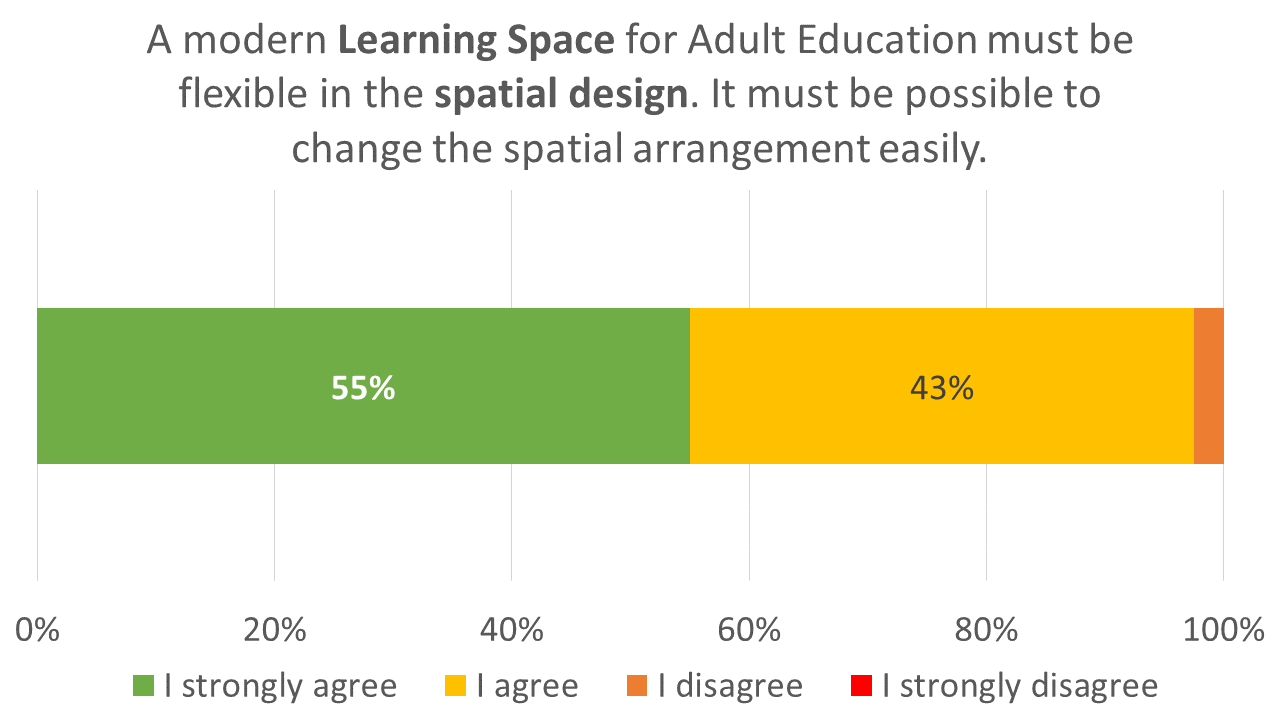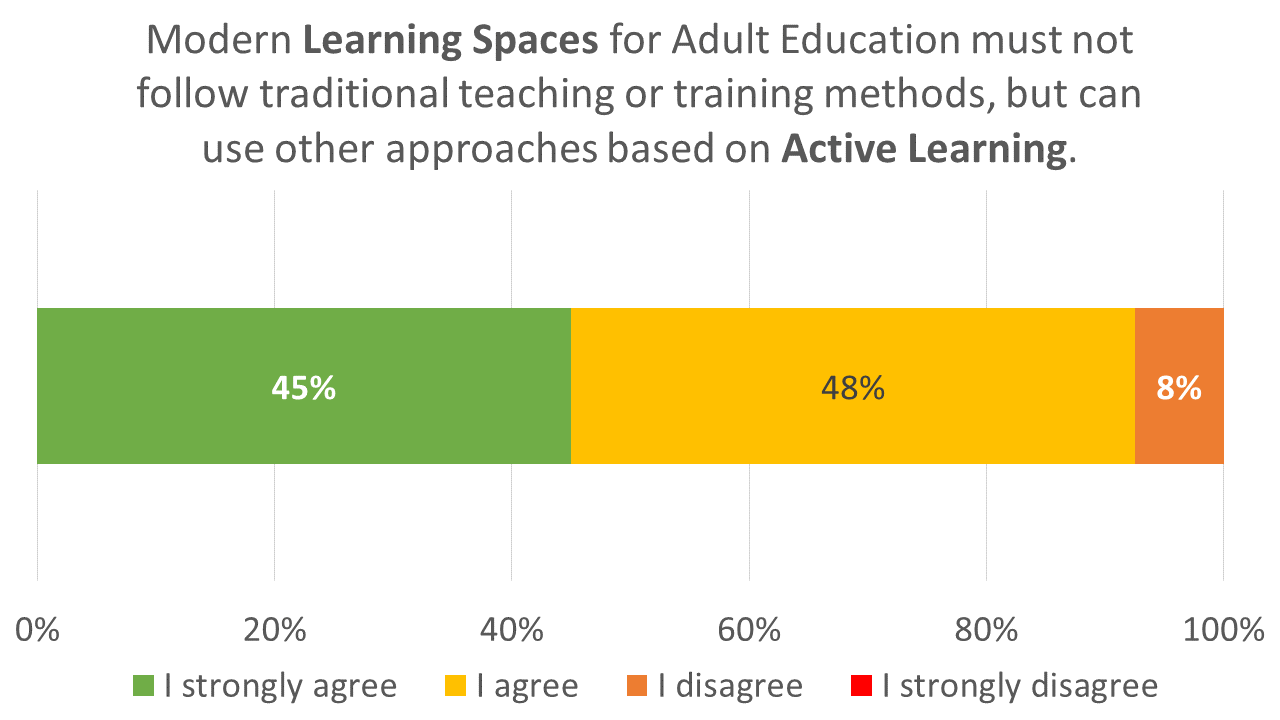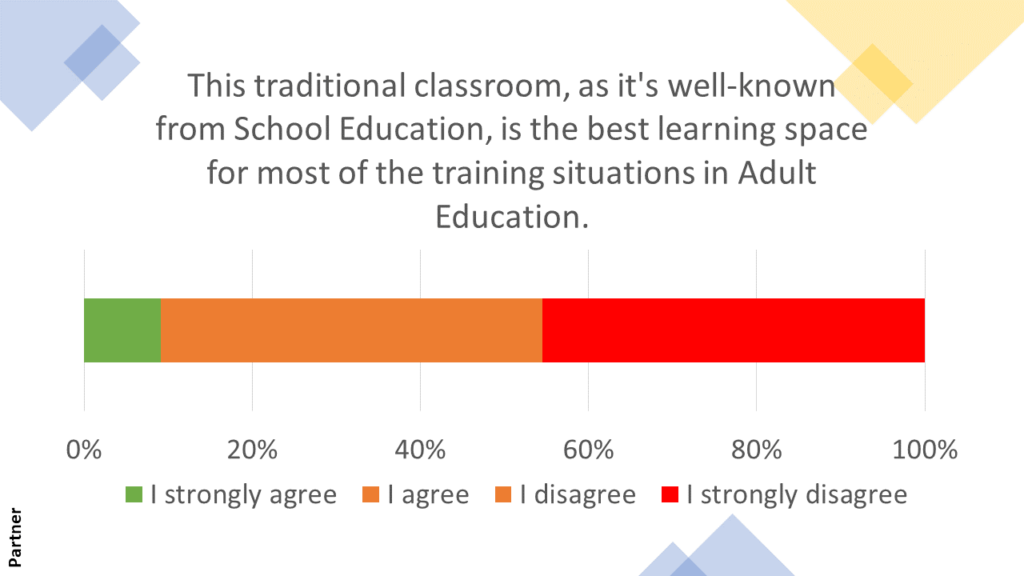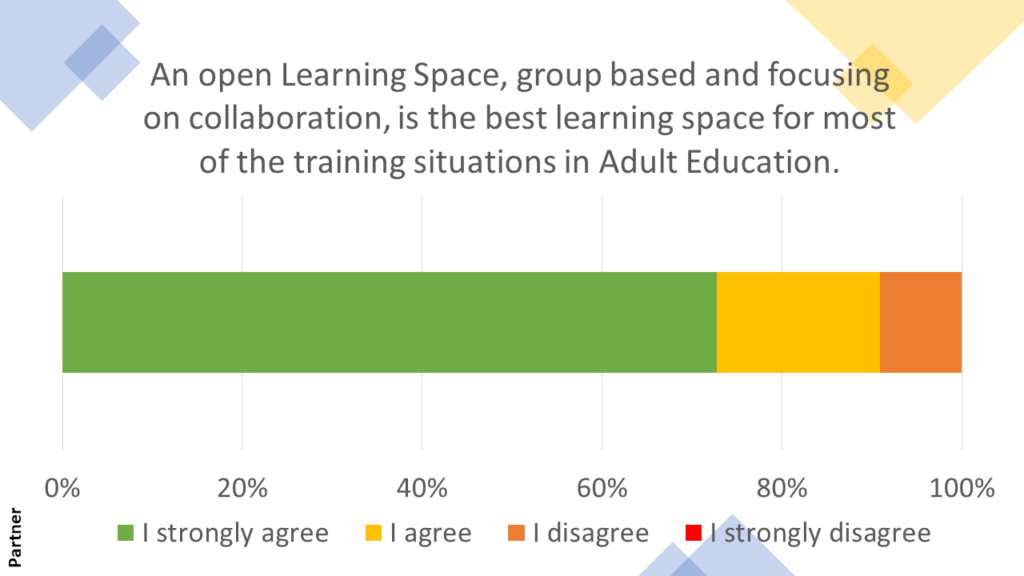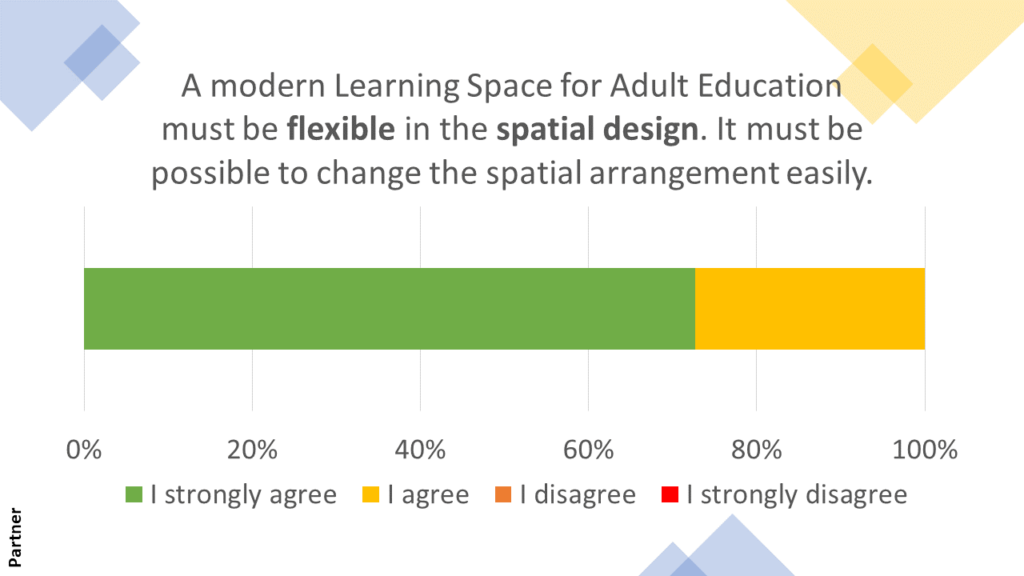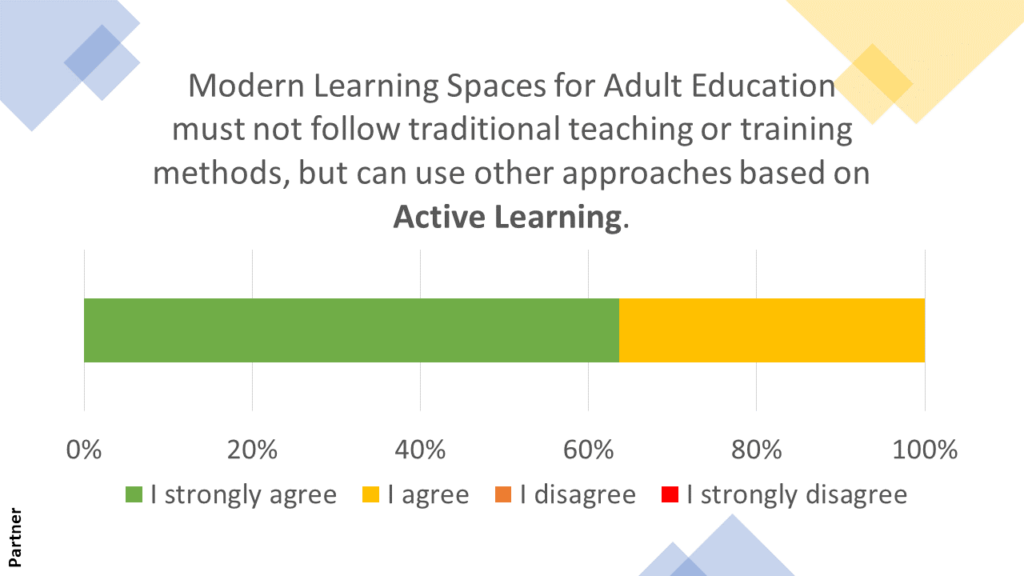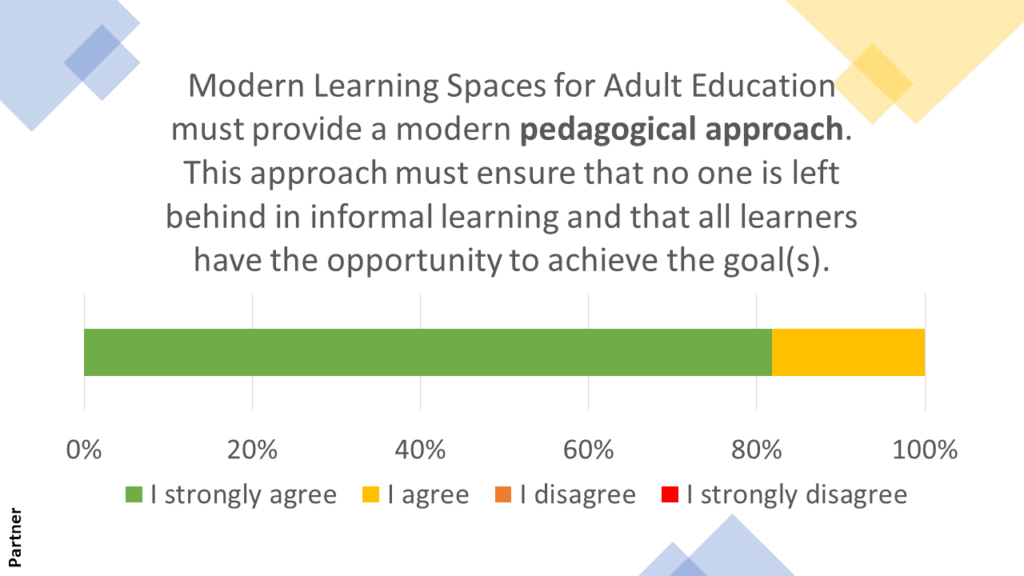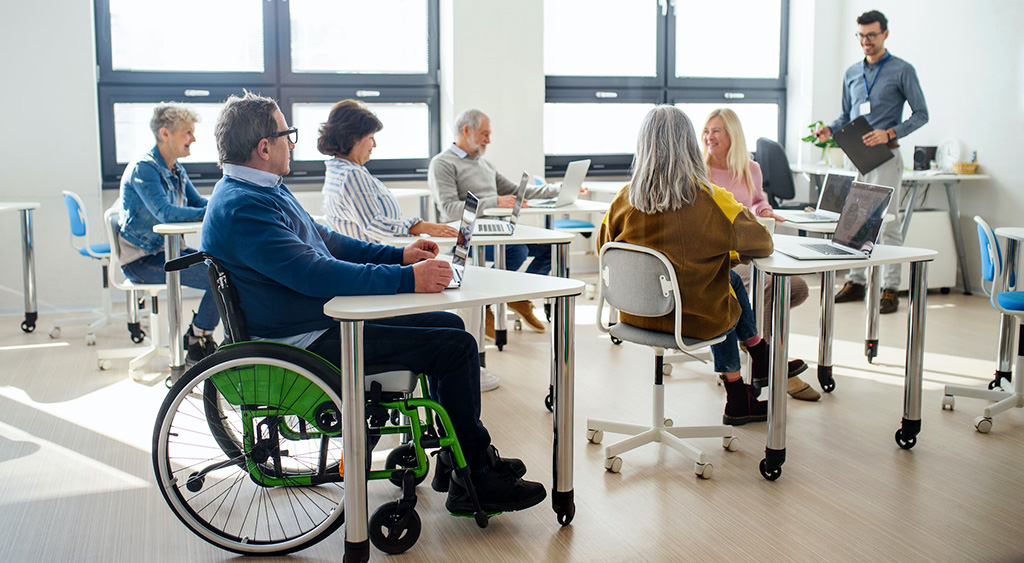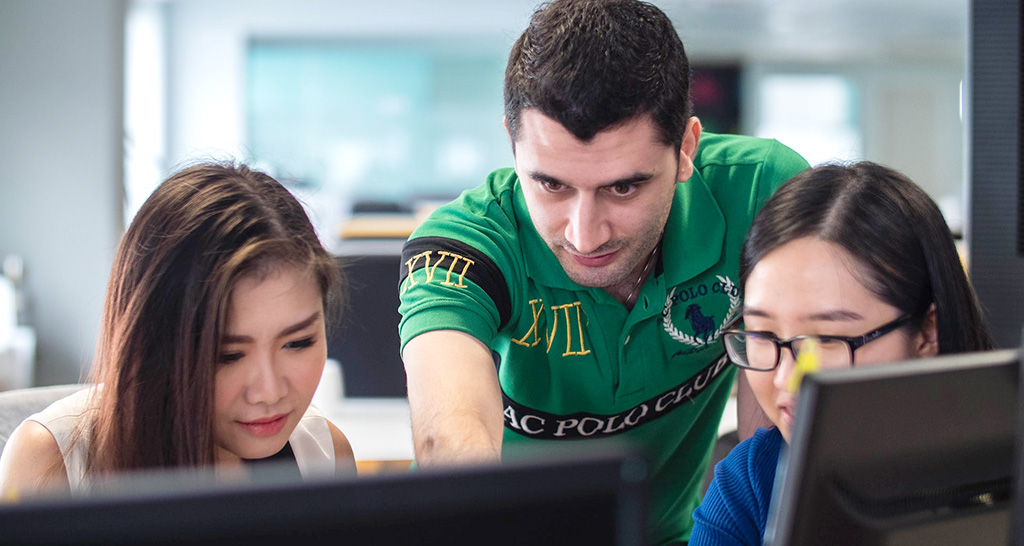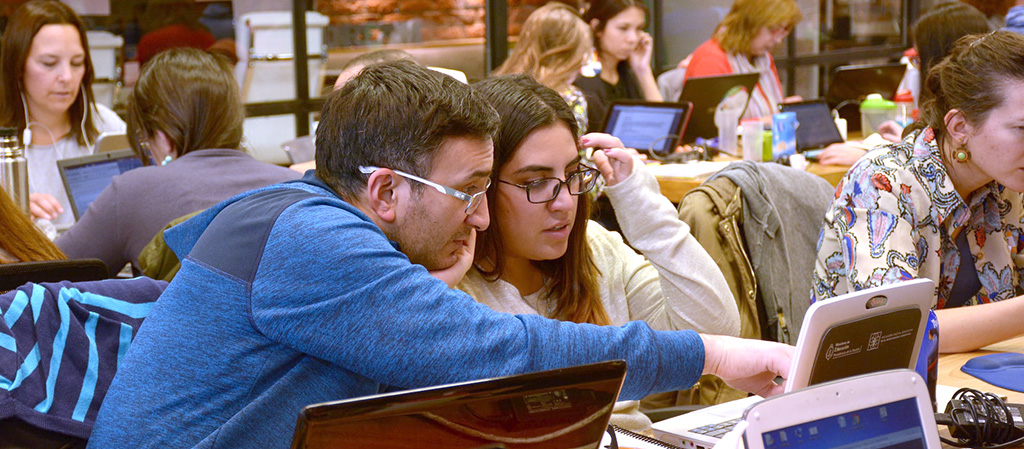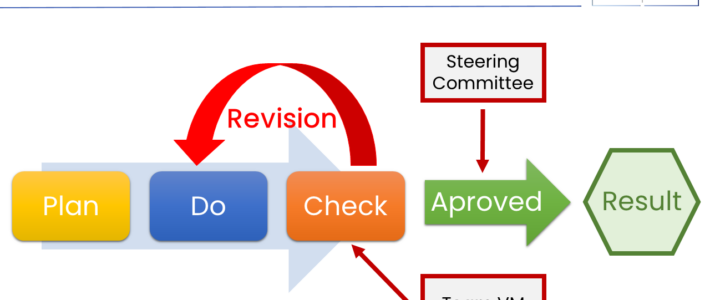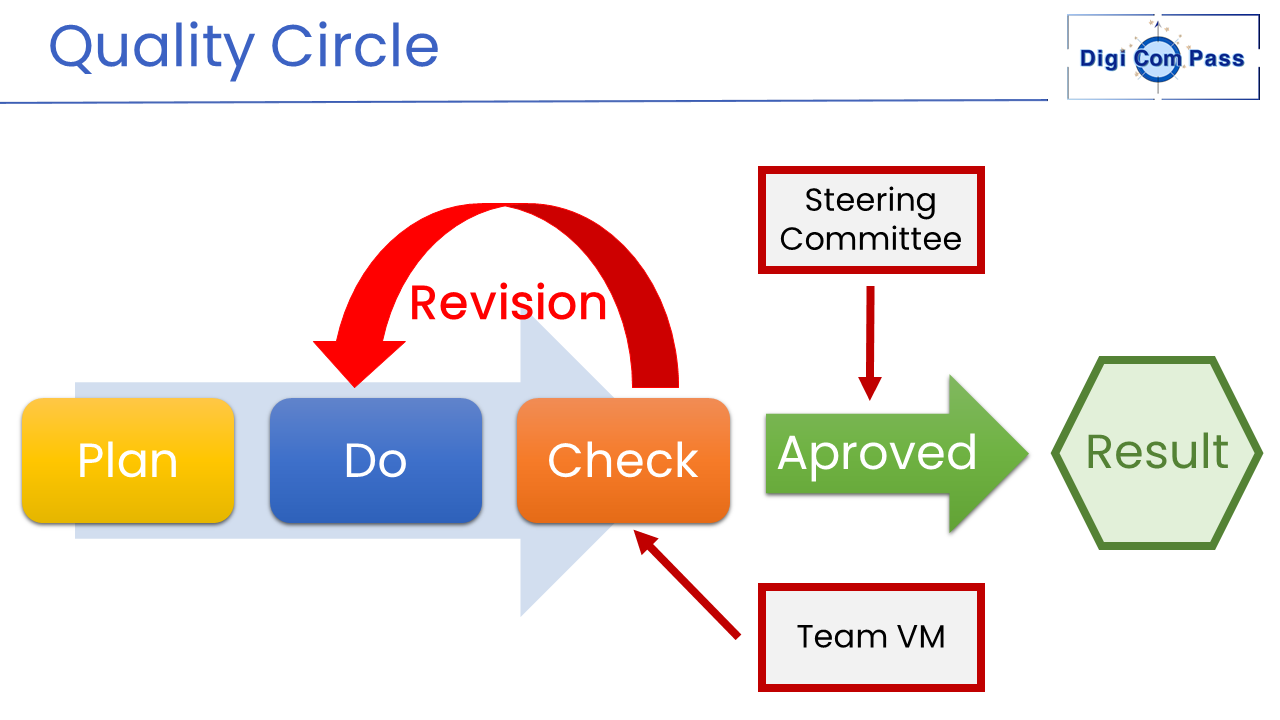EBI joins the FIRST Network
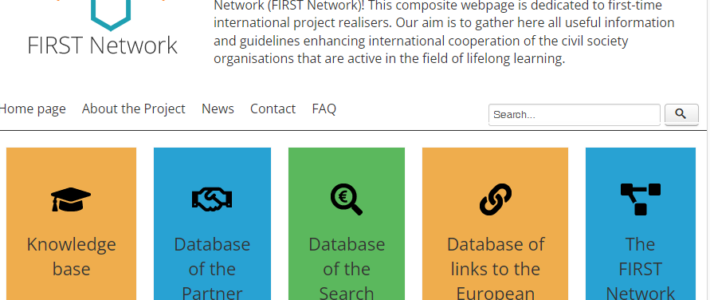
A Leap Forward for Collaborative Learning
The European Initiative for Education (EIE) has recently announced its membership in the First Network, a groundbreaking educational network developed due to a collaborative EU-Project. This new partnership marks an exciting step forward in promoting innovation, cooperation, and exchange of best practices among educational institutions across Europe.
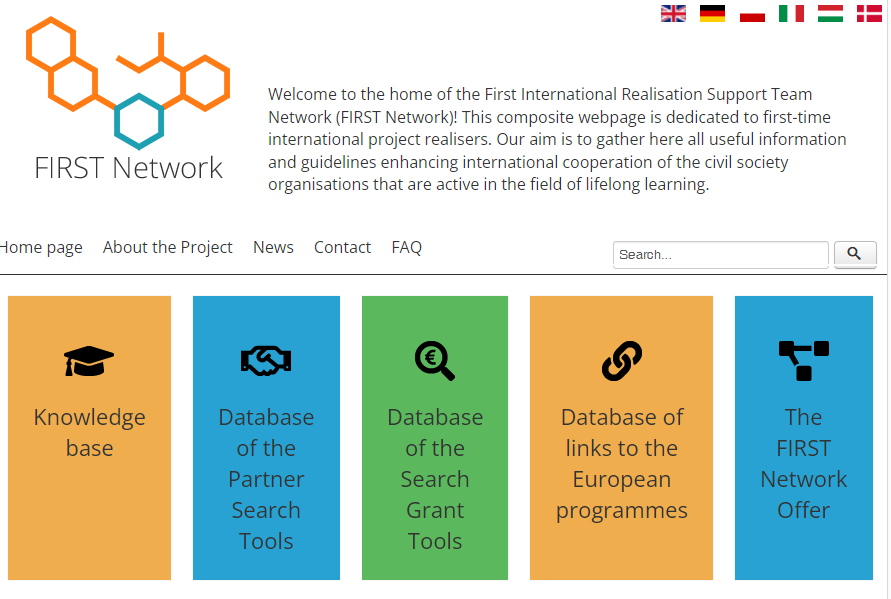
Background on the First Network
The First Network (“First International Realisation Support Team Network), established through the joint efforts of five European institutions, aims to revolutionize education by fostering a culture of collaboration, creativity, and shared learning. By bringing together a wide array of academic institutions, educators, and experts, the network creates a dynamic environment that encourages the development of innovative teaching methodologies and learning experiences.
Founding members of the network and project partners
- Foundation of Alternative Educational Initiatives, Poland (Applicant and Coordinator), www.fundacjaaie.eu
- Cooperativa Sociale COOSS MARCHE ONLUS scpa, Italy, http://www.cooss.it/it/
- Folk High School Association Surrounding Budapest, Hungary, http://www.bknsz.hu/
- Interfolk, Institut for Civilsamfund, Denmark, www.interfolk.dk
- EDUCULT – Institute of Cultural Policy and Cultural Management, Austria, http://educult.at/
European Initiative for Education’s Role
As a member of the First Network, the European Initiative for Education will play a crucial role in promoting cross-border educational collaborations, and by doing so, contribute to the overarching goal of improving education standards across the continent. The EIE will leverage its expertise in educational policy, research, and development to identify and address critical challenges facing the sector.
Benefits and Opportunities
Joining the First Network presents numerous benefits and opportunities for the European Initiative for Education and its partners. By tapping into the extensive network of European Adult Education organisations, the EIE can effectively share resources, knowledge, and ideas, leading to a more cohesive educational landscape. Additionally, the partnership will facilitate the exchange of best practices. This enabls educational institutions to learn from one another and adapt successful strategies to their specific contexts.
Moreover, the collaboration will open doors for developing joint projects, research initiatives, and grant applications. That is an issue which can significantly enhance the quality and impact of the work carried out by the EIE and its partners.
Future Prospects
The European Initiative for Education’s membership in the First Network is a testament to the organization’s commitment to driving progress and innovation in education. As the network continues to grow and evolve, it is expected to foster even more meaningful connections and collaborations. Ultimately, the network will contribute to a more robust and inclusive educational landscape across Europe.
The partnership between the European Initiative for Education and the First Network is a promising development that will undoubtedly have far-reaching implications for the future of education in Europe. By working together, these organizations can pool their resources and expertise to create a more interconnected and innovative educational environment, benefitting students, educators, and institutions.
FIRST Network members
Here is a list of the currently registered members. You are welcome to join the network. Contact: Agnieszka Dadak (Poland).
- Foundation of Alternative Educational Initiatives (PL), https://fundacjaaie.eu
- COOSS Marche Onlus scpa (IT), https://www.cooss.it
- EDUCULT – Institute of Cultural Policy and Cultural Management (AT), https://educult.at
- Folk High School Association Surrounding Budapest (HU), http://www.bknsz.hu/
- COMMIT (AT), https://www.commit.at
- Simbiosofia Consulting and Training (IT), https://simbiosofia.it/
- Rightchallenge (PT), https://rightchallenge.org/
- Strangers Become Friends (AT), https://www.fremdewerdenfreunde.at/
- Carpathian Foundation – Hungary (HU), https://karpatokalapitvany.hu/
- The NGO Network for International Project Work (DK), https://www.ngo-netvaerk.dk/
- Húsavík Academic Center (HAC) (IS), https://hac.is
- European Initiative for education/ Europäische Bildungsinitiative (AT), https://www.advanced-training.net
- Escuela Oficial de Idiomas Madrid-Villaverde (ES), https://www.eoivillaverde.com/
Link to the webpage: https://first-network.eu/
